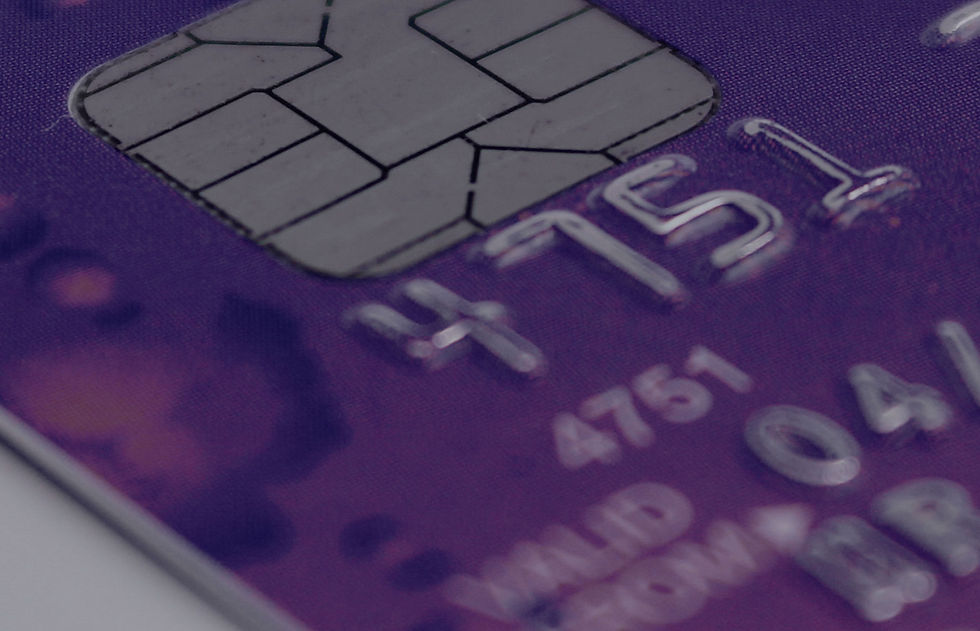
1. Payments
Payments are the prevalent use of NFC in financial services. NFC was initially adopted for low value payments, enabling a customer to pay for a coffee or lunch by tapping their card or phone on the NFC reader. The customer did not have to provide any further identification. The limit for these transaction vary between $20 and $50 depending on the provider. There is an accepted risk with this payment process as a stolen card could be used to make low value purchases. The TouchID in Apple Pay requires the user’s fingerprint to authenticate the transaction. This opens up the opportunity for more secure and higher value transactions. Banks and credit unions may provide their own NFC payment products, provide white-label solutions for other providers or provide the backbone of payments processing for mobile wallet providers.
2. Loyalty
Driving customer loyalty is critical to most businesses as the cost of customer acquisition is usually high. This is as true in financial services as it is in the retail and entertainment businesses. NFC, whether passive or active, provides the ability to provide loyalty incentives in a frictionless process and enable the vendor to understand and respond to specific customer behaviour. In banking the goal is not to increase the number of times your customer visit the branch, the goal is to improve the quality of the interaction. NFC could be used to allow a customer to ‘check in’ to the branch alerting their advisor that they are in the branch or providing feedback to that customer directing them to the named person that will serve them today.
3. Identity & Access
Employees have used identity cards to access buildings for many decades and more recently NFC technologies have been integrated in these cards. The same is true for students who use NFC for college access, interaction, library cards etc. As NFC technology becomes more pervasive in devices, tasks can be automated for users. For example a regional manager may travel around branches and work at different locations every day. Putting an NFC tag on a desk would enable the user to ‘check-in’ which would enable their internet connection, configure their desk phone to their settings etc. It could even set the lighting or air-conditioning to their preference! All of this by just tapping their card or phone on the desk. There are tasks in a branch that still require maker/checker verification such as cash in transit. A tap of an employee card is a much quicker verification than entering user identifier and password details.
4. Ticketing
People still search for a working printer for their tickets for a flight or concert. There are many applications to manage event ticketing that use QR codes, bar codes or other methods to use a smart phones. This has become common in mass transit systems where speed of processing is critical. NFC is one approach to enabling the scheduling of meetings in a branch. A customer may wish to meet with the branch mortgage advisor. By walking up to a tablet and tapping their NFC tag, they are shown the available meeting slots, they pick one and this information is added to their phone and updated in the calendar. When they arrive for the meeting they can tap the phone, alerting the mortgage advisor that they have arrived.
5. Marketing
We have become so great at creating information for our customers that it is very difficult for customers to find that information. Customers are increasingly impatient and in a hurry. NFC tags on product displays are a quick way for a customer to capture something that they want to review later. It may schedule a video for them to watch, partially complete an application on their internet banking or add a document to their device to read later. One tap and the connection to the customer opportunity is maintained.
There is a common theme across the wide variety of NFC implementations:
Quicker tasks for employees and customers
Less data entry
Customer activity captured by financial institution and ability to follow up
Positions financial institutions as technologically advanced and ‘relevant’ to their customers.
Ability for financial institutions to partner based on open standards to provide innovative solutions to everyday customer problems.

